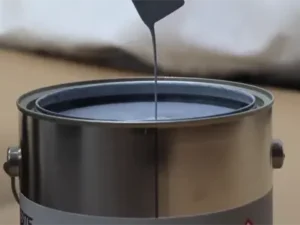
HVAC-R coating chemical resistance is often tested using fume exposure. While this method of testing can provide information on the anticipated level of protection for HVAC-R equipment, in certain applications, spot/direct exposure tests may provide better information about your equipment’s longevity in real-world conditions.
It is important to conduct spot/direct exposure chemical resistance tests because HVAC-R coils in harsh conditions, such as marine environments, often experience a condensation effect. For example, the temperature of a cooling coil will create condensation, therefore the coil will be wet and can pull contaminants out of the air. These contaminants condense on the coil and are converted to acids. While the acid might be diluted, it is now in direct contact with the coil, not just an atmospheric fume.
In areas that are a combination of a marine and a chemical environment, such as a shipping port or a coastal manufacturing plant, this effect becomes more pronounced. In this case, it is important that your HVAC-R coils have been treated with a coating that has a high level of resistance to both marine and chemical contaminants, or C5-I and C5-M environments.
You can evaluate the types of tests used by a coating manufacturer by reviewing the company’s chemical resistance guide. It should list which chemicals were used and the type of test. Heresite Chemical Resistance Guide for P-413 lists coatings tests against over 400 unique chemicals, which have been tested in over 700 combinations of concentrations and temperatures. In addition, custom testing is available upon request.